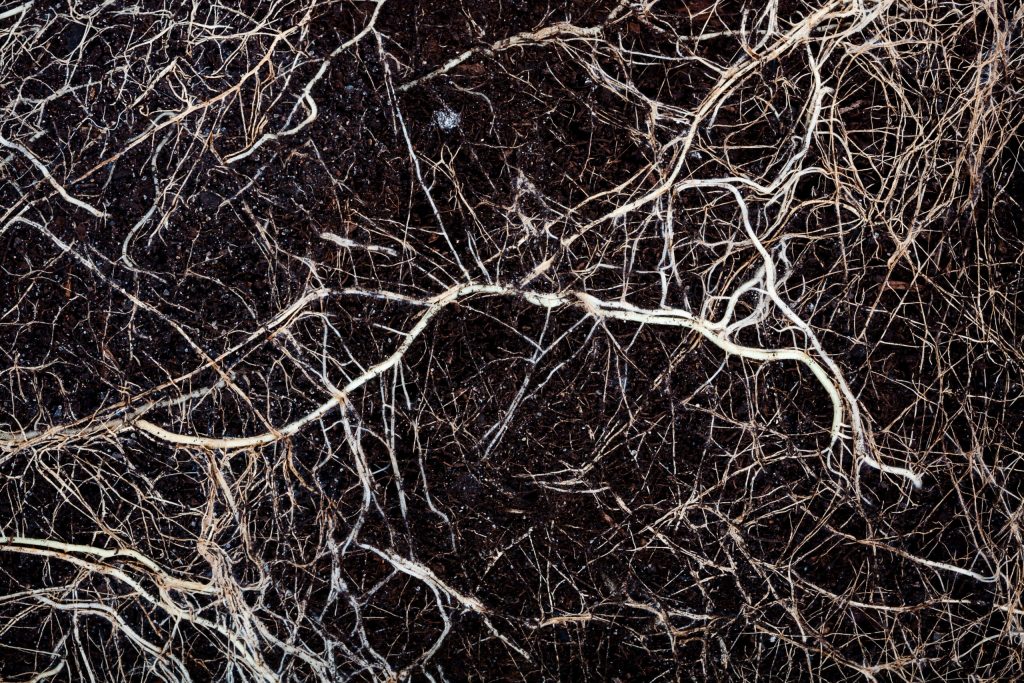Healthy soil is the secret to any plant’s success. It should provide all the nutrients they need to thrive, but that can be challenging depending on where you live or what you grow. Living roots could be the ultimate solution to take your soil to the next level and maintain its health.
Here are a few reasons why they’re the key to soil health and how they could help revive your garden or landscaping. Do what you can to cultivate them and watch your plants thrive.
1. They Retain Cultivated Soil
Evergreen or annual plants retain living root systems throughout the winter, so they’re always working. It prevents soil erosion from rain storms or melting ice, which would otherwise tear soil away from your property. Loose soil flowing into water systems also increases the amount of nitrogen in your plants’ water, resulting in widespread death due to toxins.
2. They Produce Natural Sugar
When you picture roots, you likely don’t think about sugar. There’s nothing sweet about the stretching network of herbaceous tissues, but that’s according to human taste buds. Microscopic organisms that live in the soil would disagree.
Living roots produce natural sugars that keep the soil food chain alive. In return for your plant’s work, those sugars feed essential organisms that eat waste and turn it into reusable nutrients. The soil will never become overloaded with unusable components that create unlivable plant environments.
3. They Lead to Plant Diversity
You may prefer certain plants for your yard or garden, but they likely only have one or two specific growing seasons. Planning for year-round living roots requires adding more species to your property. Diversity is another key to soil health many people don’t consider.
Plant diversity ensures your garden or landscaping won’t continuously drain your soil of a single nutrient. Instead, the species variety encourages nutrient recycling and facilitates long-term healthy soil structure that includes aeration. Finding different types of plants that will fill your yard with growing root systems in every season will help your soil remain healthy.
4. They Preserve Unused Nutrients
There are always unused nutrients left in the soil after a growing season. Winter weather, fluctuating temperatures and scavenging organisms will destroy them before you can replant in the spring. Living root systems cover the soil content to protect essential nutrients and preserve them until next year.
5. They Create Nitrogen-Fighting Rhizobia
Nitrogen will poison your garden or other plants if it builds in the soil. This happens when no root systems are around to regulate the natural balance. Living root systems that thrive year-round feed rhizobia bacteria that eat nitrogen before the roots can absorb it. The symbiosis is essential for maintaining a healthy garden, even if you only grow plants in a few specific seasons.
6. They Work Together Underground
People often forget how extensive root systems become with time. They stretch down into the soil much further than the plant may grow vertically above the ground. Roots also reach to either side, entwining with other systems. They team up to fight off bacteria, pathogens and predators that would otherwise take out a lone plant. It’s an essential feature of living root systems, especially for plants that become dormant in cooler seasons.
Understand the Key to Soil Health and Watch Your Plants Thrive
Figuring out the key to soil health starts with understanding living roots. Utilizing plants in your garden or landscaping that thrive in different seasons ensures that these systems will protect your yard, generate healthier soil content and protect each other from potential plant death. Consider cultivating living roots on your property this year to watch your plants thrive.
Bio:
Jane is an environmental writer and the founder and editor-in-chief of Environment.co where she covers sustainability and eco-friendly living.

